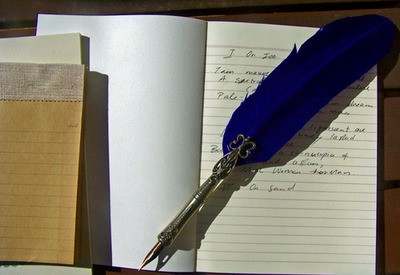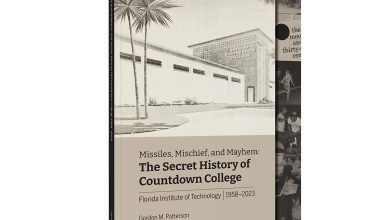The Occasional Writer: Form in Creative Writing
By Dr. John Lavelle
Last time I discussed forms in academic, scholarly, and professional writing. This week would be a good time to discuss forms in creative writing. First let me say all types of writing are creative; however, as we saw last week the forms called upon by the discourse communities of academic, scholarly, and professional writing do limit creativity.
Many creative writers would insist that that forms are not important in creative writing or do not exist. Consider this: in academic, scholarly, and professional writing forms are visible while words and sentences become transparent and only the information they carry is noticed while in creative writing, the form and certain types of information be come transparent and the words and sentences themselves become apparent, what formalism calls differentiation, how the reader sees the word as the word itself and not the carrier of information as when the reader “hears” alliteration.
Forms in academic, scholarly, and professional writing are demanded by the discourse community because specific forms make it much easier to locate the specific portions of knowledge—information—contained within the argument. Forms also serve the same purpose in creative writing; however, the information being sought is different.
Poetry seems to be the most form oriented type of creative writing, but in truth the discourse community concerned with poetry does not demand form much more than do the communities concerned with the other types of creative writing. In poetry there are closed forms, sonnets, both Petrarchan and Elizabethan, villanelles, sestinas, limericks, haikus, and other assorted poetry forms. There is blank verse which should not be confused with open form poetry and is unrhymed lines written in iambic pentameter, (a form) whereas open form is written without an established form or pattern. Even so the idea of open form takes on a form, paradoxically one of no form, not unlike picture poetry or concrete poetry, a poem written in the form of a certain shape sat a butterfly or tea cup.
The three major forms of prose, short story including what is called flash fiction or short-shorts, the novel including the novella and now, for some reason, the novelette, and creative non-fiction, a clearing house of forms of essays and memoirs, are themselves designations of form.
Consider two components of a creative piece of prose, the story and the plot what formalist call fabula, the story, or the chronological order of the narrative and syuzhet or the way the story is told, the plot. The story happens across time from beginning to end while plot can be chopped up, twisted moved back and forth. While plot comes in all sorts of guises, the story is the form the discourse community insists on, a beginning, middle, and end. In short stories the beginning is truncated, as compared to the novel usually starting at a point near the crisis with little introduction, using few characters, and only one or two rounded or developed characters. The tension builds quickly through a short middle to the crisis and the denouement or resolution—the end—is usually almost nonexistent.
Thus, although, creative writing is a more open form of writing than academic, scholarly, and professional writing, it does insist on a form. More importantly it usually insists that the form become transparent and subordinated to the plot, language, and words themselves.





